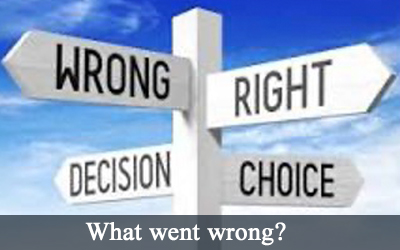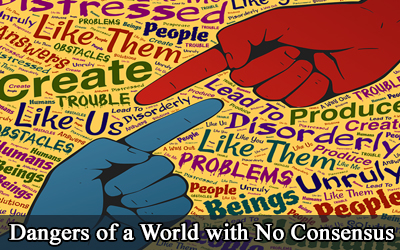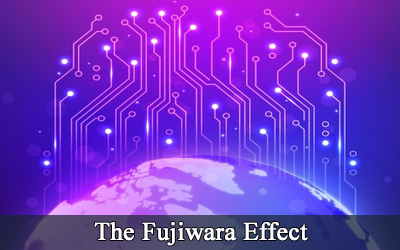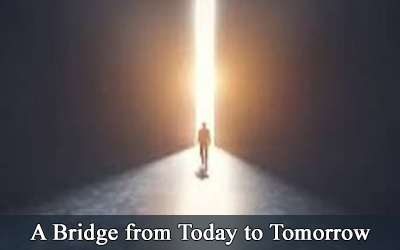“Through the 2020s and 2030s, the fusion of disruptive Information Age and deepening Financialization will likely continue to aggravate pre-existing fractures while creating new ones at a speed that our societies might have difficulty adjusting to.”
How to Avoid a World on Fire
The next decade promises to be the most critical period in the transition from today’s capitalism toward a yet-to-be defined alternative system. Viktor Shvets, global strategist, asks: Will it be capitalism or communism, feudalism or despotism? The fusion of the disruptive Information Age and deep Financialization (aggravated by generational change and climate) is destabilizing every aspect of our lives—from the role and functioning of labor and capital to political systems, from the private sphere to morality, from education to entertainment.
The world faced similar disorientation in the 1930s. At this time the choice was not between freedom or slavery, but how much freedom needed to be sacrificed to avoid the worst outcomes. There were three choices on the menu: communism, fascism, or constrained democracy. With free market liberalism discredited, the question was not whether to plan economies and societies, but how far state’s control should spread, and how much free space should be left for the private sector and markets.
Today, we are in a place not so different, with the “neo” version of the free-market liberalism once again discredited, causing 1930s-style fractures. With the new consensus on the “right” model not yet formed, alternatives are proliferating. Tensions are on the rise. Are we bound to relive a world on fire of the 1940s, or transit toward a more placid but constrained 1950s-60s? The Twilight Before the Storm examines how and where conflicts might arise—from cold and hot to civil and hungry wars—and suggests policies that might lower tensions and defang extremes. We have options. Will we exercise them in time to avoid the worst? How will future generations judge us?





